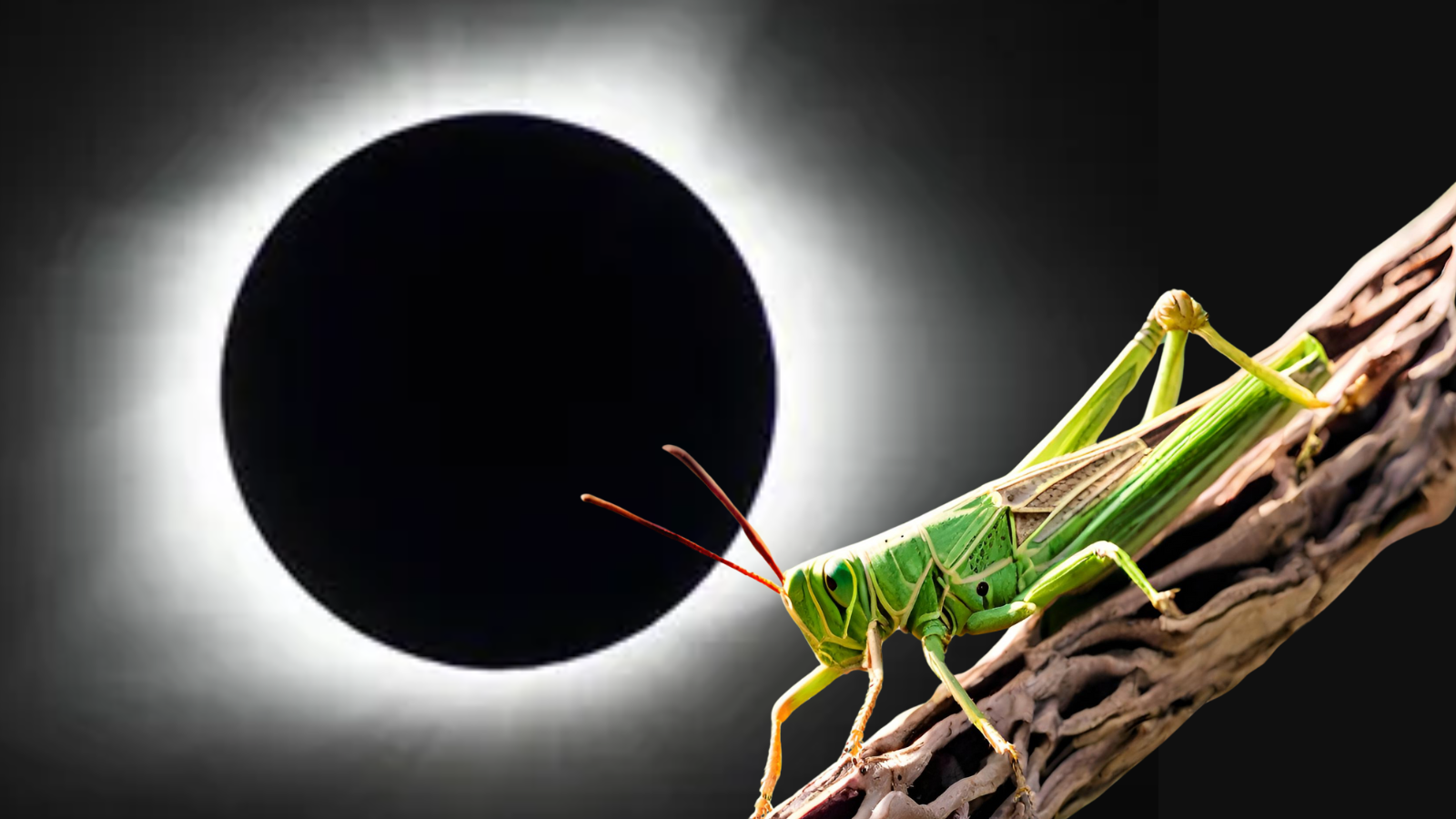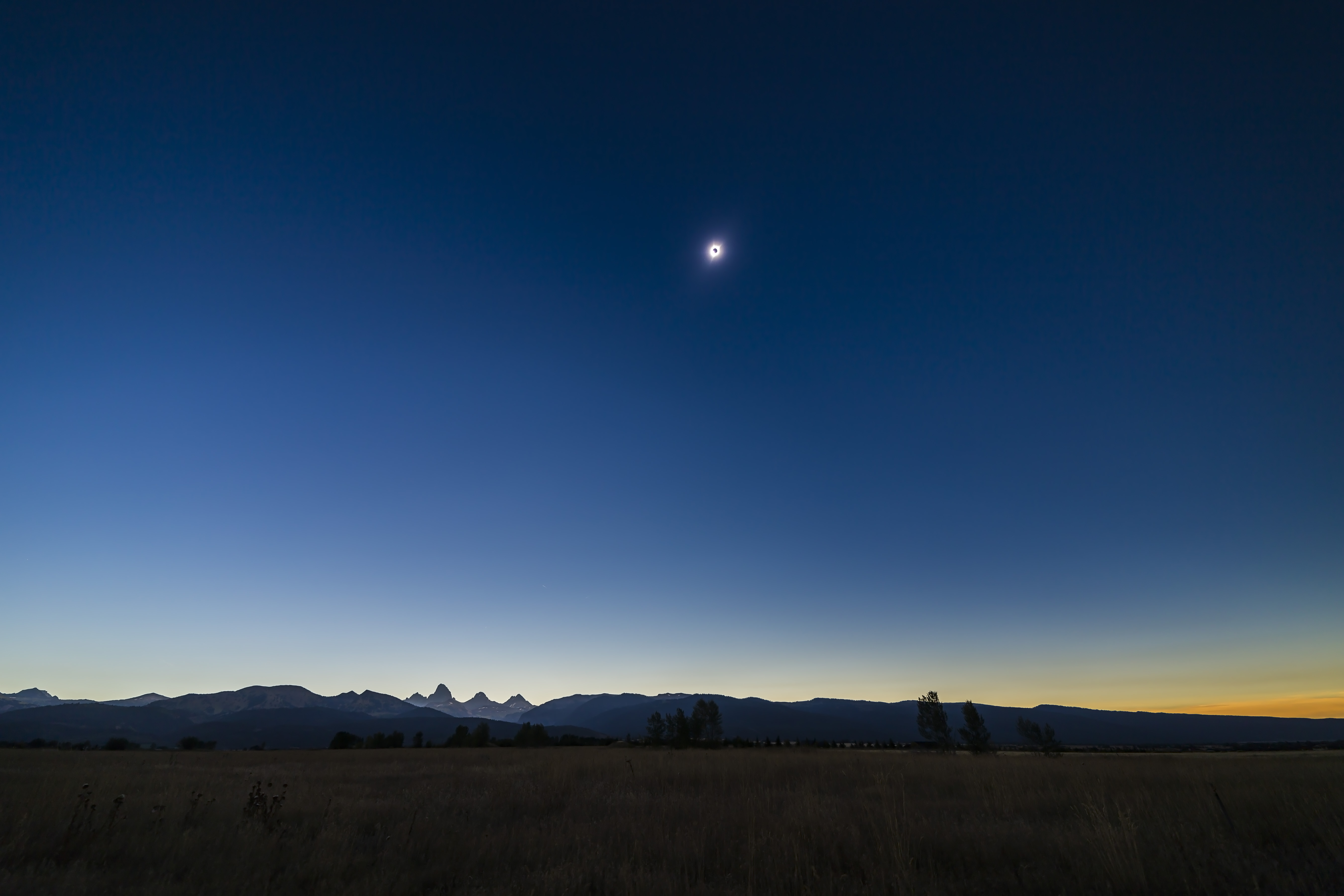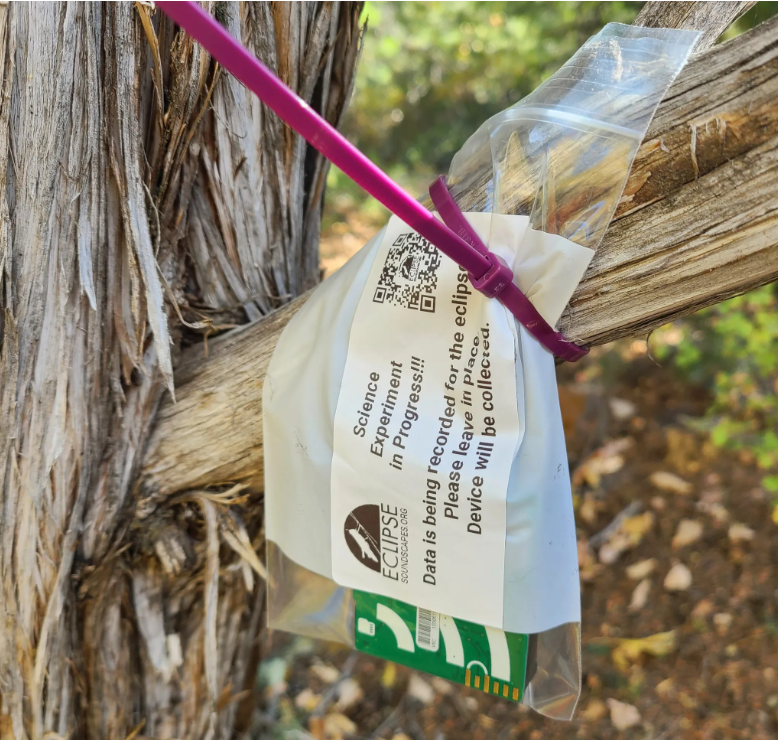
While humans will enjoy the majesty of the total solar eclipse as it sweeps across several states in the U.S. on April 8, 2024, the celestial event will also be experienced by flora and fauna.
That's why the NASA-funded Eclipse Soundscapes Project will observe and collate the sights and sounds of the total solar eclipse to allow humanity to better understand how such events can impact wildlife. The agency is also urging the public to join in on this effort.
"Eclipses are often thought of as a visual event — something that you see," Communications Coordinator with the Eclipse Soundscapes Project, Kelsey Perrett, said in a statement. "We want to show that eclipses can be studied in a multi-sensory manner, through sound and feeling and other forms of observation."
Related: How to photograph a solar eclipse with a smartphone 2024 — 8 tips from an expert
Total solar eclipses like the one that will happen on April 8 are caused by the Earth, moon and sun aligning in such a way that the moon passes directly in front of our star and blocks the solar disk from our vantage point. But, because the moon is relatively close to Earth, its position in the sky varies from location to location, which means eclipses can only be seen in certain areas. Even in regions where the eclipse is seen, the degree to which the moon covers the sun can vary.
Regions that will see the sun completely covered by the moon during the eclipse are said to be on the "path of totality." In these areas, the sky will darken; stars may even be visible in the sky. It will appear as though dusk has fallen, with the darkening of the sun also causing temperatures to drop.
This "false dusk" of the eclipse has been associated with strange animal behavior, such as birds stopping their songs, insects like grasshoppers and crickets halting their chirps and bees returning to their hives early.

As the solar eclipse of 2024 passes through the skies over the heads of around 30 million people in North America, it offers the opportunity to do some fascinating citizen science and investigate how the event tricks wildlife into altering their usual daytime routines.
The Eclipse Soundscapes Project emulates a similar study that followed the 1932 total solar eclipse, which crossed over the northeast reaches of the U.S. and Canada; but, whereas that experiment collected around 500 observations from the public, this new endeavor is more ambitious.
The Eclipse Soundscapes Project will use modern technology to collect multisensory observations, such as audio recordings, during the eclipse, and participants also make written accounts of what is seen, heard, or felt during the event. One of the aims of the project will be to see how animals that are awake during the day react to the eclipse in contrast to those that are active at night. For example, the researchers behind the project want to know if diurnal or nocturnal animals become more or less vocal during the eclipse.
"The more audio data and observations we have, the better we can answer these questions," Perrett added. "Contributions from participatory scientists will allow us to drill down into specific ecosystems and determine how the eclipse may have impacted each of them."

Organizers of the Eclipse Soundscape Project are looking for participants of all skill levels to get involved in data collection, whether they are on the path of totality on April 8 or not.
Citizen scientists taking part in the Eclipse Soundscape Project will use a low-cost audio recording device equipped with a micro-SD card called an "AudioMoth" to record the "sounds" of the eclipse. Other participants can be "observers" who document the multisensory data they experience as the eclipse passes overhead.
The project also has roles designed to be accessible to people who are blind or have impaired vision.
Other roles in the project include "data analysts" who can analyze audio data after the eclipse and "apprentices" who can study eclipses online, with all roles awarded a downloadable certificate.
"When it comes down to it, answering our science questions about how eclipses impact life on Earth depends entirely on the data that people volunteer to contribute," Perrett concluded. "Our participants, including our project partners and facilitators, allow us to span the entire eclipse path and collect way more data than would be possible for just one small team."
If you want to learn more about the Eclipse Soundscapes project or to find out how you can become involved, you can visit this website. And if you are not lucky enough to live in a state that will experience the total solar eclipse, you can watch the total solar eclipse live here on Space.com.







